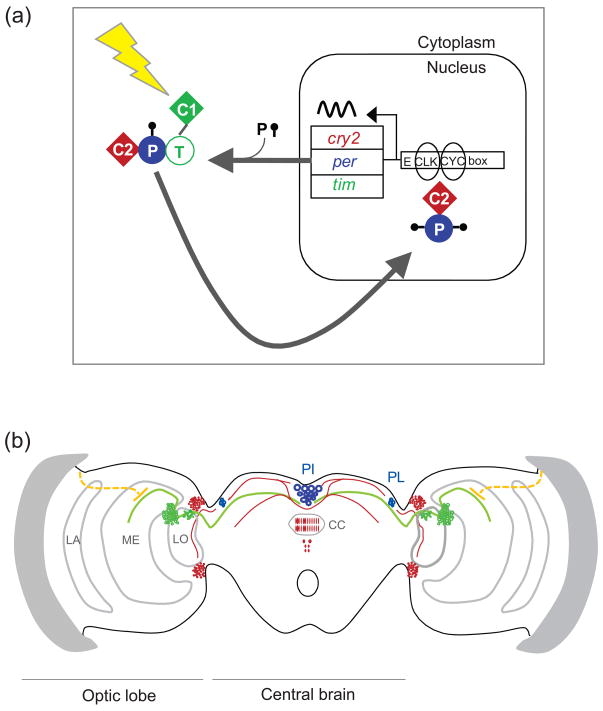Figure 3. Monarch clockwork model, brain clocks and circuits.
A. Molecular clockwork model. The main gear of the clock mechanism is an autoregulatory transcription feedback loop in which CLOCK (CLK) and CYCLE (CYC) heterodimers drive the transcription of the period (per), timeless (tim), and cryptochrome2 (cry2) genes through E box enhancer elements. TIM (T), PER (P), and CRY2 (C2) are translated and form complexes in the cytoplasm; 24 hours later CRY2 is shuttled into the nucleus to inhibit CLK:CYC-mediated transcription. PER is progressively phosphorylated and likely helps translocate CRY2 into the nucleus. CRYPTOCHROME1 (CRY1, C1) is a circadian photoreceptor which, upon light exposure (lightning bolt) causes TIM degradation, allowing light to gain access to the central clock mechanism for photic entrainment. The monarch clockwork, which has both Drosophila-like and mammalian-like aspects, was formulated from a combination of in vitro and in vivo approaches, including the use of the monarch DpN1 cell line, which contains a light-driven diurnal clock, and the use of Drosophila transgenesis, to augment the differential clockwork functions of the monarch CRY proteins [37]. Adapted, with permission, from Ref. [37].
B. Schematic representation of brain clocks and circuits in the monarch butterfly brain. Cells expressing TIM, PER, CRY1 or CRY2 are highlighted in blue [26, 37]. In these areas the clock proteins partially colocalize. All four clock proteins are co-localized in two of the four cells in the pars lateralis (PL) on each side of the brain; these four cells in total are the bona fide circadian clock cells in brain [26, 37]. CRY1-positive cell bodies and projections are represented by green dots and green lines, respectively. Projections from the dorsal rim area photoreceptors are indicated by the dotted orange lines. Neurons and fibers expressing exclusively CRY2 are represented in red and within the central body are shown as red circles and red hatching. PI, pars intercerebralis; PL, pars lateralis; CC, central complex; LA, lamina; ME, medulla; LO, lobula. Adapted, with permission, from Ref. [40].

